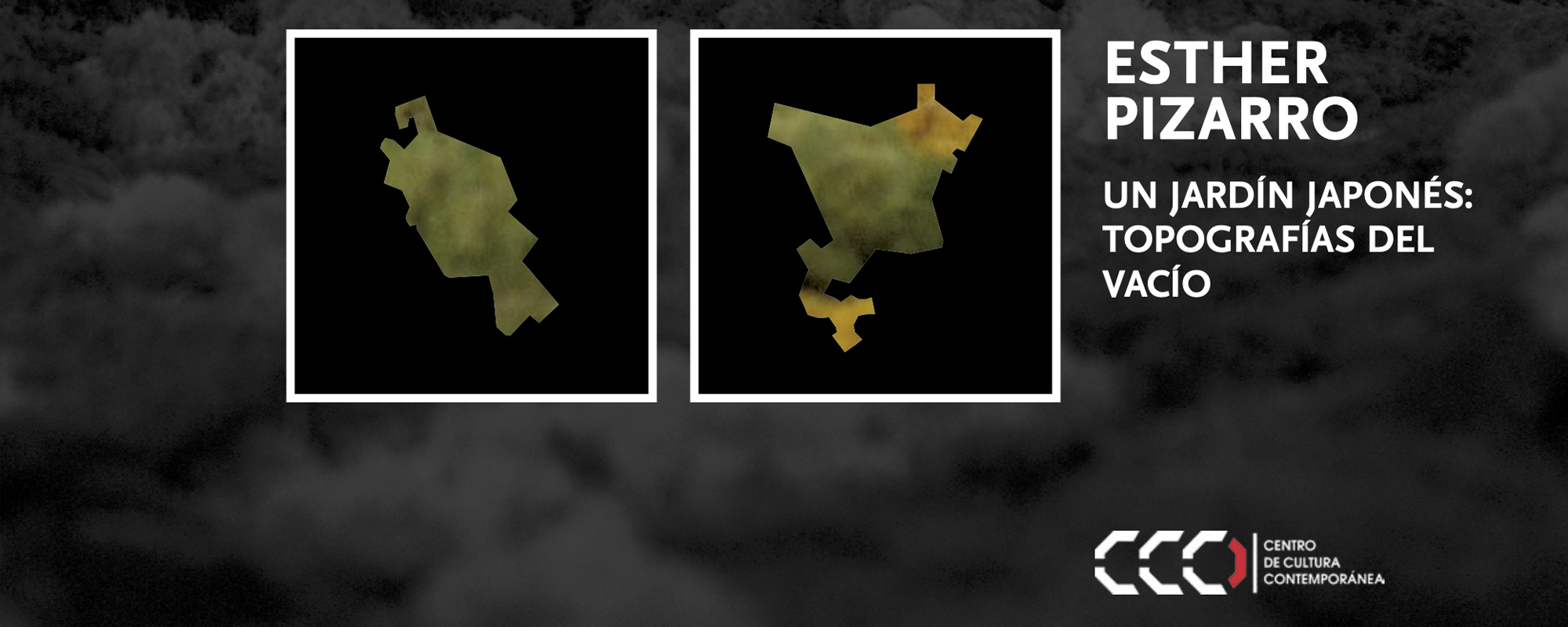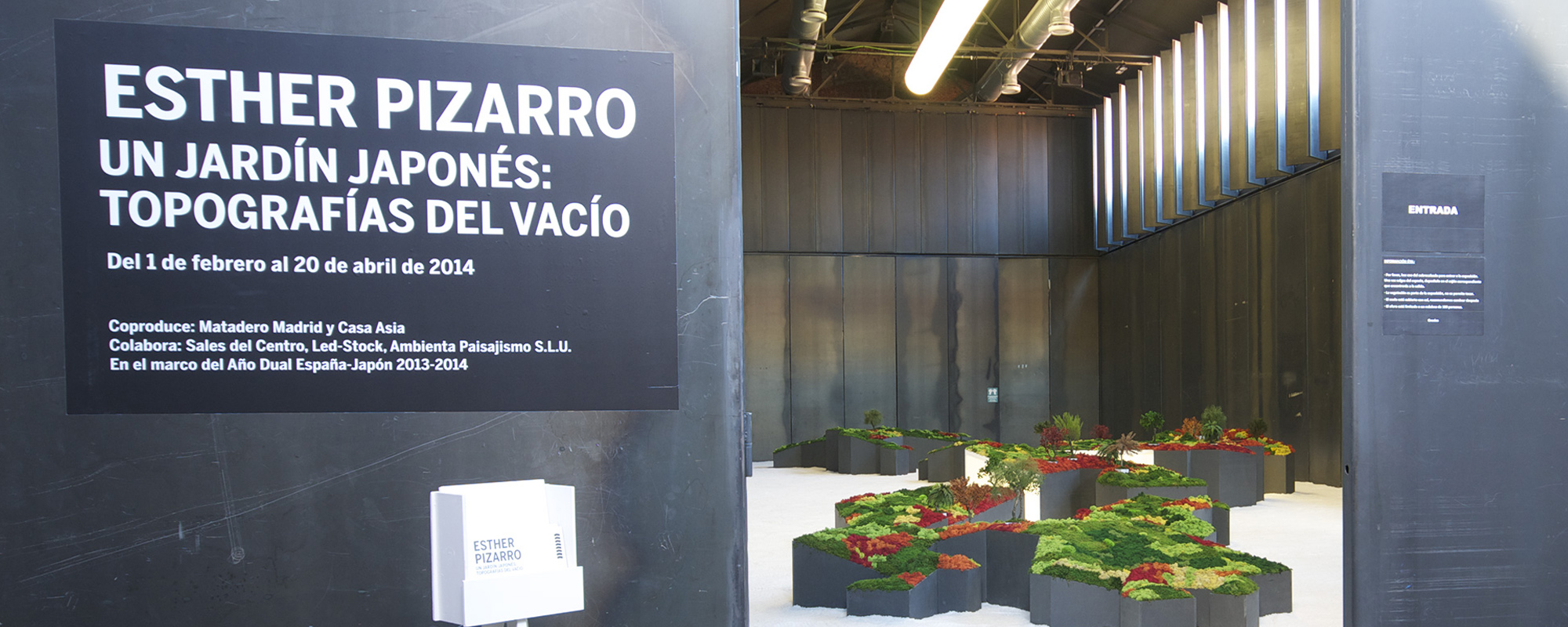
JAPANESE GARDEN :: TOPOGRAPHIES OF THE VOID © 2014 :: Matadero Madrid
"A Japanese Garden: Topographies of the Void"
MataderoMadrid, Nave 16, Programming line: Large Scale
Curated by: Menene Gras Balaguer
Project carried out in the framework of the Spain-Japan Dual Year 2013-2014
31/01/2013 to 21/04/2013
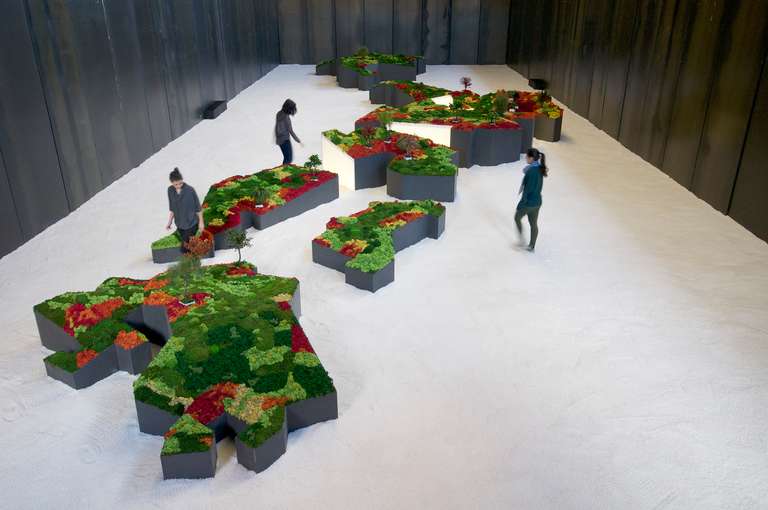
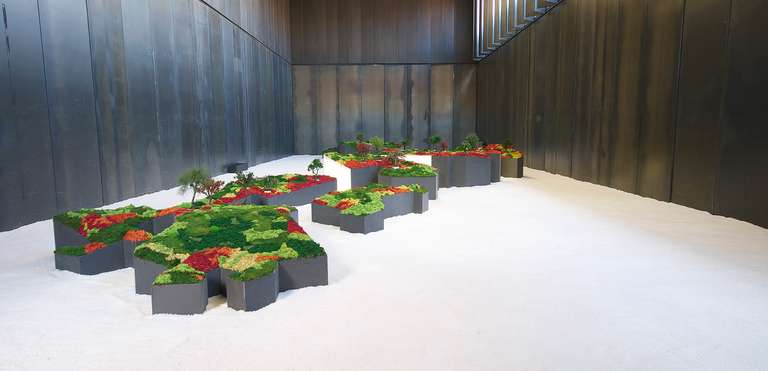
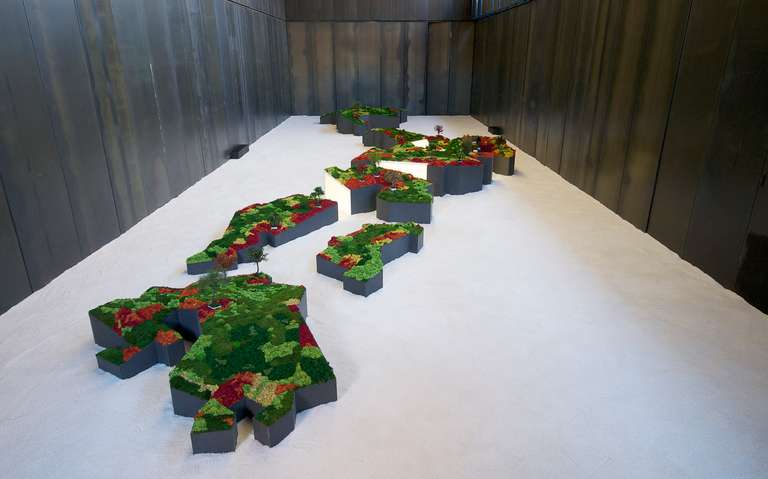
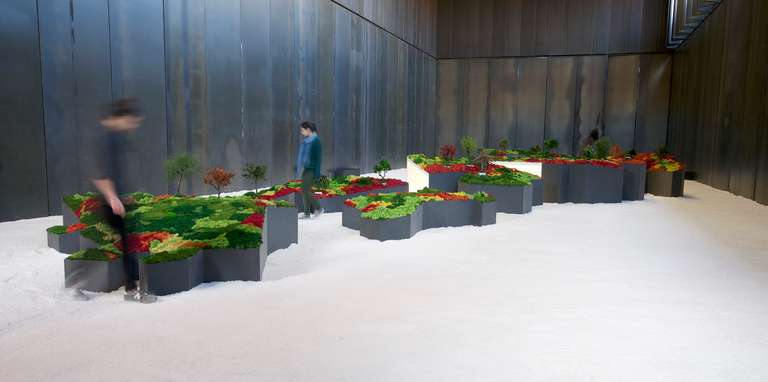
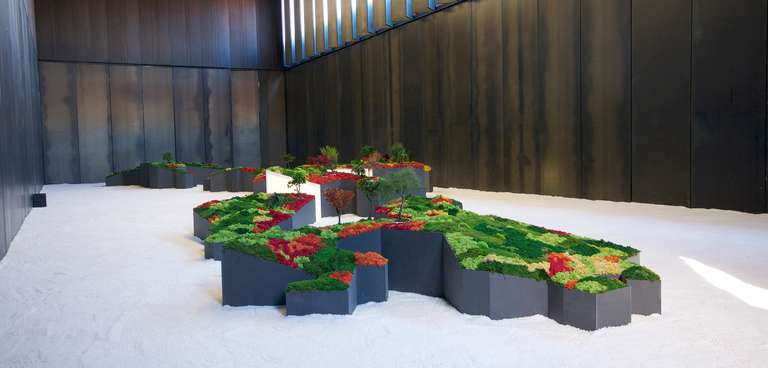
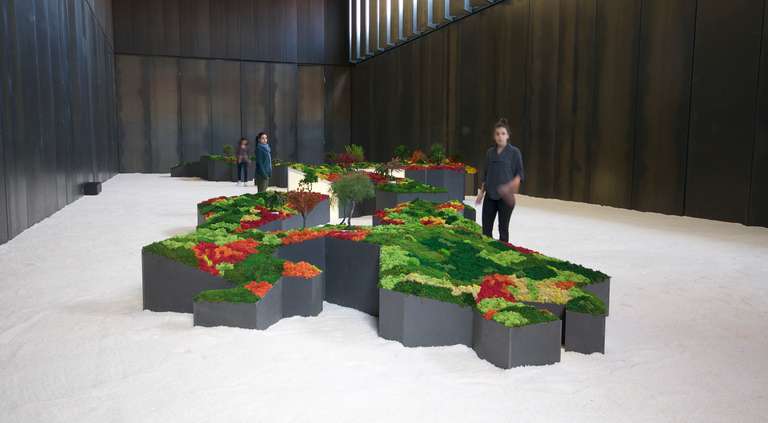
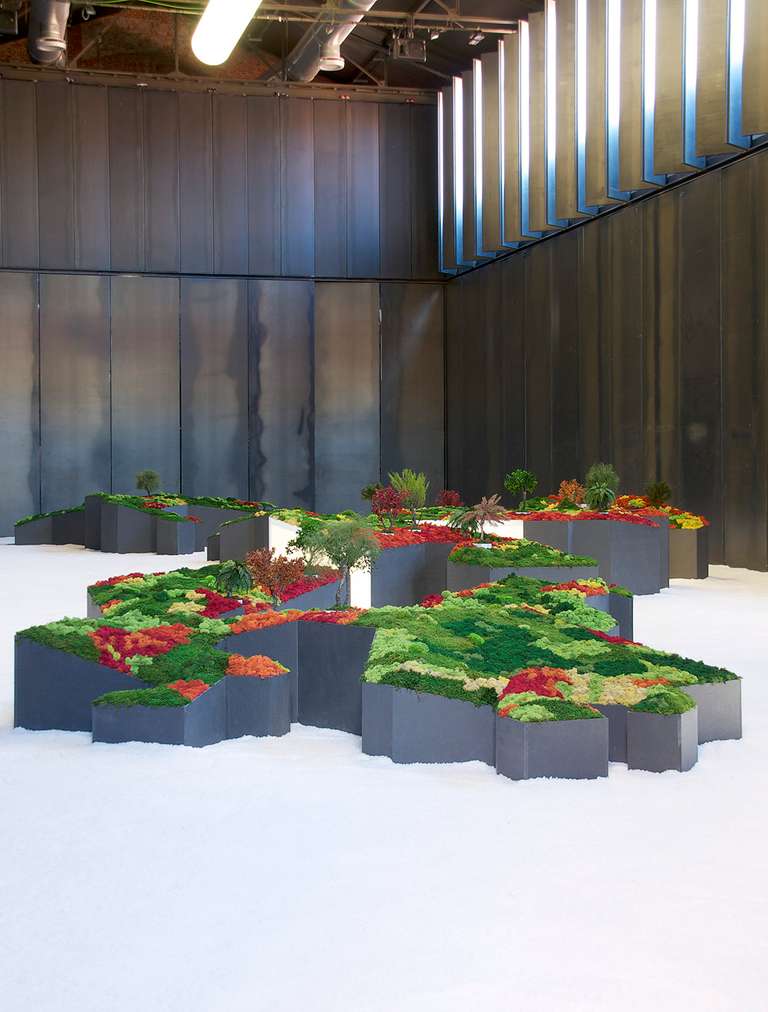
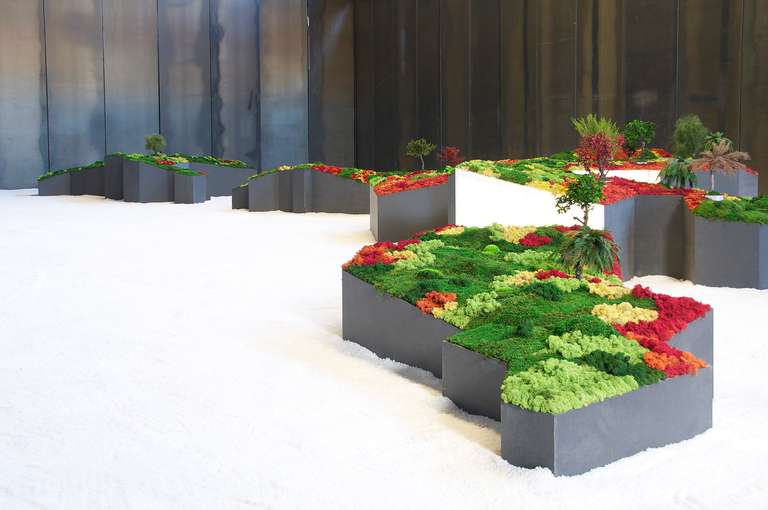
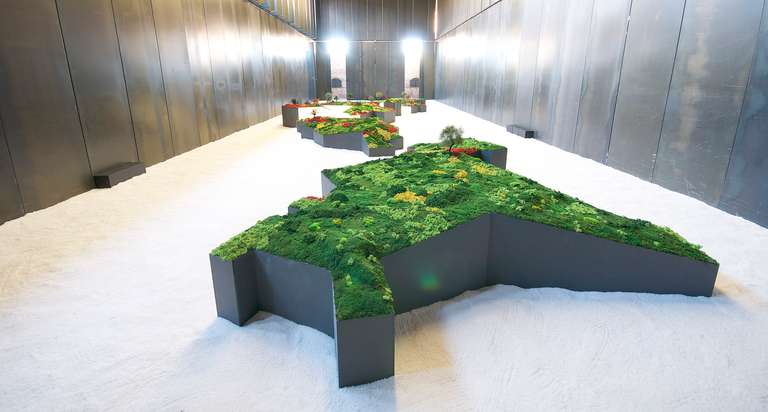
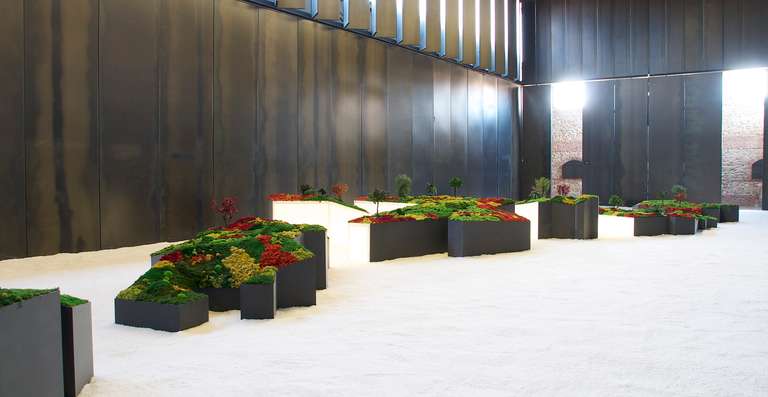
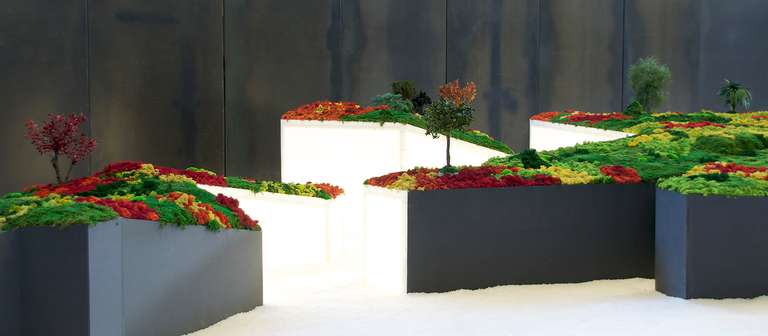
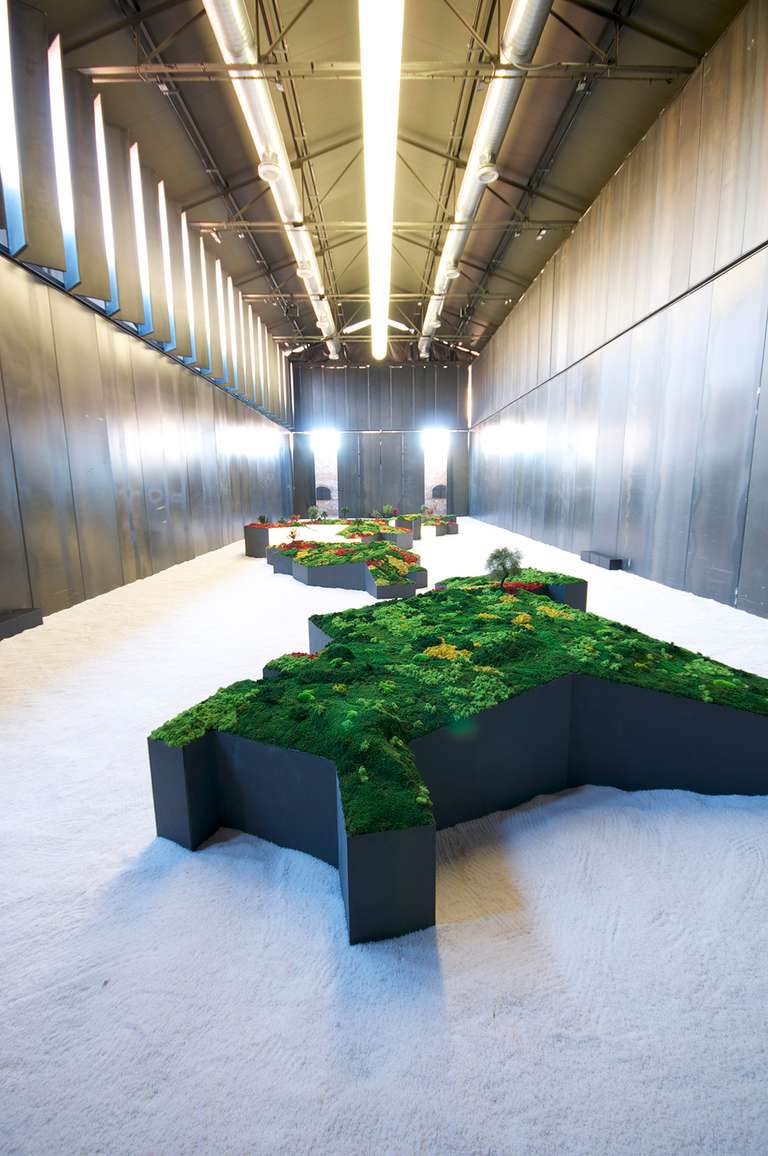
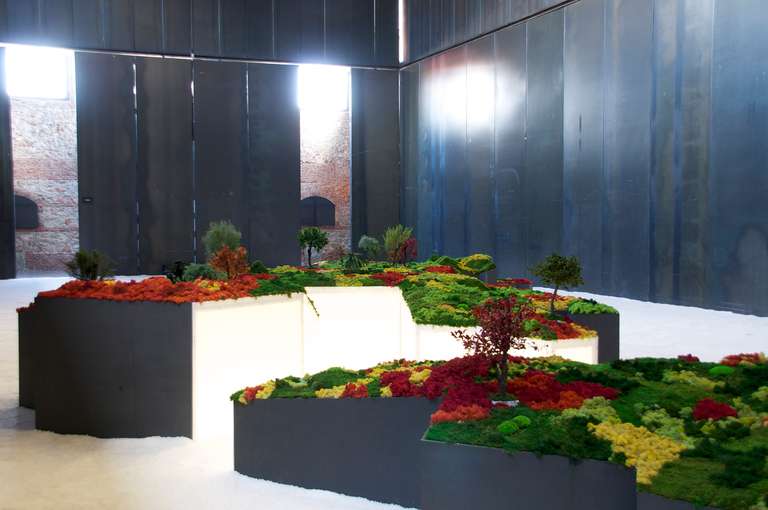
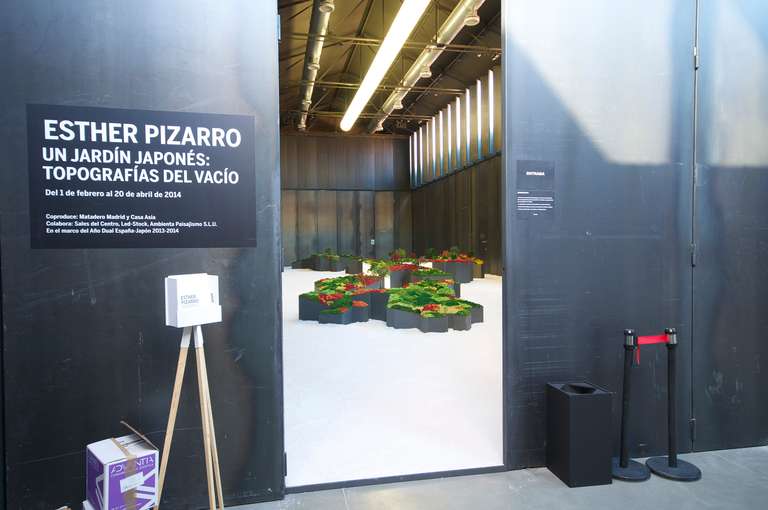
The Japanese garden is a microcosm of nature, whose origins go back to 6th century China, whose culture penetrated the country with Buddhism and the kanji script through the trade routes that opened up between the two countries. The closest contemporary experiences of the Japanese garden are produced in the West through literature and in particular Yukio Mishima's "The Golden Pavilion" (kin / gold, kaku / kernel and ji / temple). Although the different "Japonisms", which made Japan better known in Europe between the 19th and the first half of the 20th centuries, also introduced images and descriptions of this space, where time manifests itself cyclically from life to death and back to life again; or from nothingness and emptiness to the existence of the world, whose ephemeral character demonstrates its fragility. Replicas of the Japanese garden abound in the West; there are many cities in Europe, the USA, Latin America and Australia, which have made reproductions of this type of creations, for their representativeness, to stage the aesthetic codes that are at the origin of the production of this space crossed in all its states by time, which is organised by the clock of the seasons.Why a Japanese garden? The proposal presented in Nave 16 raises the possibility of understanding this space as a landscape laboratory in which the approach to a model that lends itself to the comparative reading of paradigms marked by the weight of tradition and its constant reinvention by masters of Ikebana, landscape designers and architects in the 20th and 21st centuries is enhanced. The relevance of the Japanese garden is due to the constant updating of the traditional aesthetic keys that associate beauty and death, nothingness and being, emptiness and its negation, by landscape designers, architects and artists such as Yukio Nakagawa, Tadao Ando, Mirei Shigemori, Masatoshi Takebe, Kengo Kuma, Toyo Ito, Kazuyo Shejima and Ryue Nishizawa, to name but a few, whose contributions continue to demonstrate its influence. The Japanese garden is a replica of the natural landscape, ordered according to codes, and a cultural construction that encourages an exploration of concepts and symbols shared in ancient times thanks to the silk and bamboo routes and the current social networks that transport information at a speed that imitates simultaneity in time, erasing distances. Esther Pizarro's intervention is marked by the exploration of this microcosm on the map of Japan, understood as a country of islands or isles, respecting the rule according to which shakkei or framing is the first condition for the garden to exist as such. Thus, the political division that establishes the eight regions, the forty-seven prefectures and the more than six thousand islands that make up the Japanese archipelago is symbolically represented in the constructions made by the artist, who articulates the "path of philosophy", by virtue of the principle that the Japanese identify as wabi-shabi, which annuls oppositions, understanding that everything is contained in everything.
Menene Gras Balaguer
Curator
CREDITS::
Conceptualisation: Esther Pizarro
Production: Esther Pizarro Studio
Technology: Markus Schroll
Organised by: Matadero Madrid and Casa Asia
Curated by: Menene Gras Balaguer
Montage: Esther Pizarro Studio, Markus Schroll, Andrea Torres, Mariana Gella and Pilar Pastor
Project carried out in the framework of the Dual Year Spain-Japan 2013-14 with the support of Matadero Madrid and Casa Asia.
ASSOCIATED CATALOGUE::
Pizarro Juanas, Esther (2014). Catálogo exposición: Un Jardín Japonés: topografías del vacío. Textos: Inmaculada López, Carlota Álvarez Basso, Menene Gras Balaguer y Esther Pizarro. Extensión: 128 páginas. Edita: Universidad de Granada, Centro de Cultura Contemporánea. ISBN: 978-84-338-5723-1, DL: GR / 2528-2014
Additional information about the project A Japanese Garden :: Topographies of the Void

